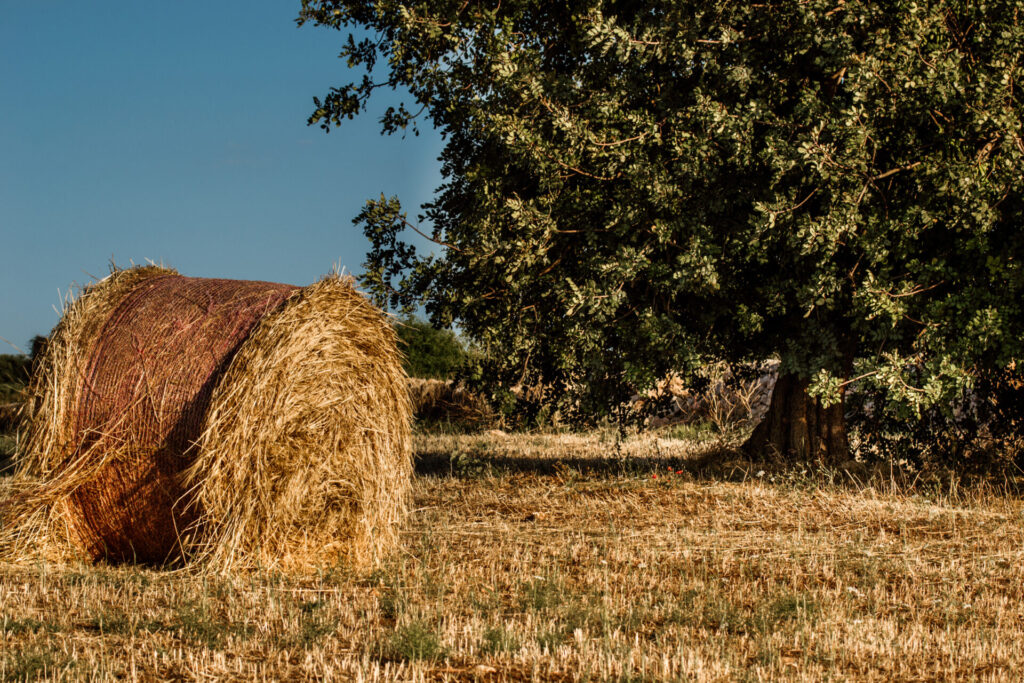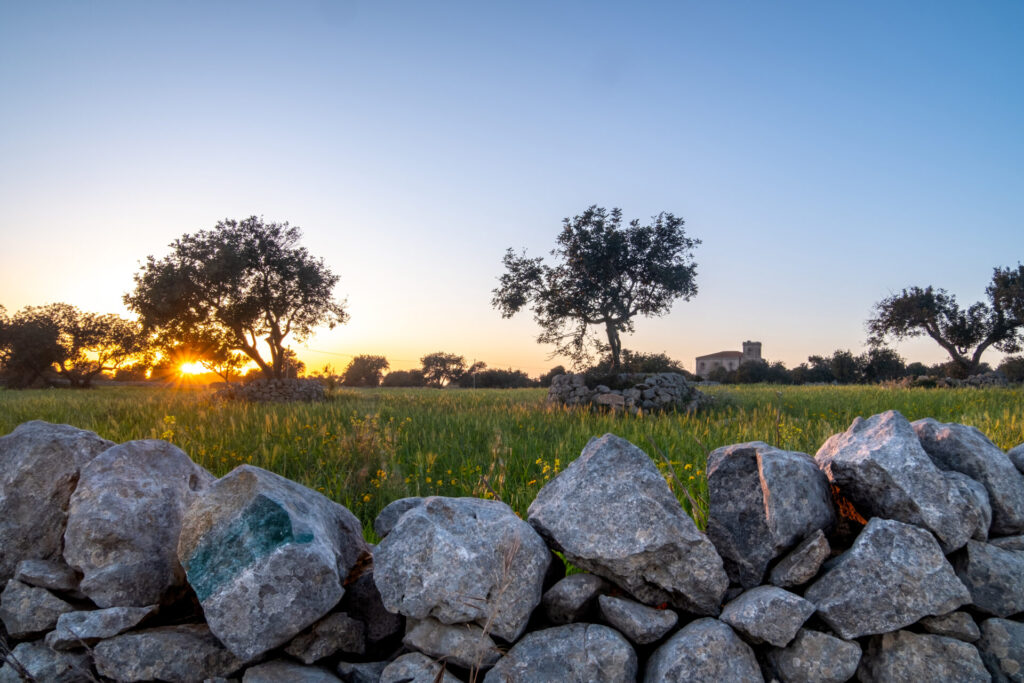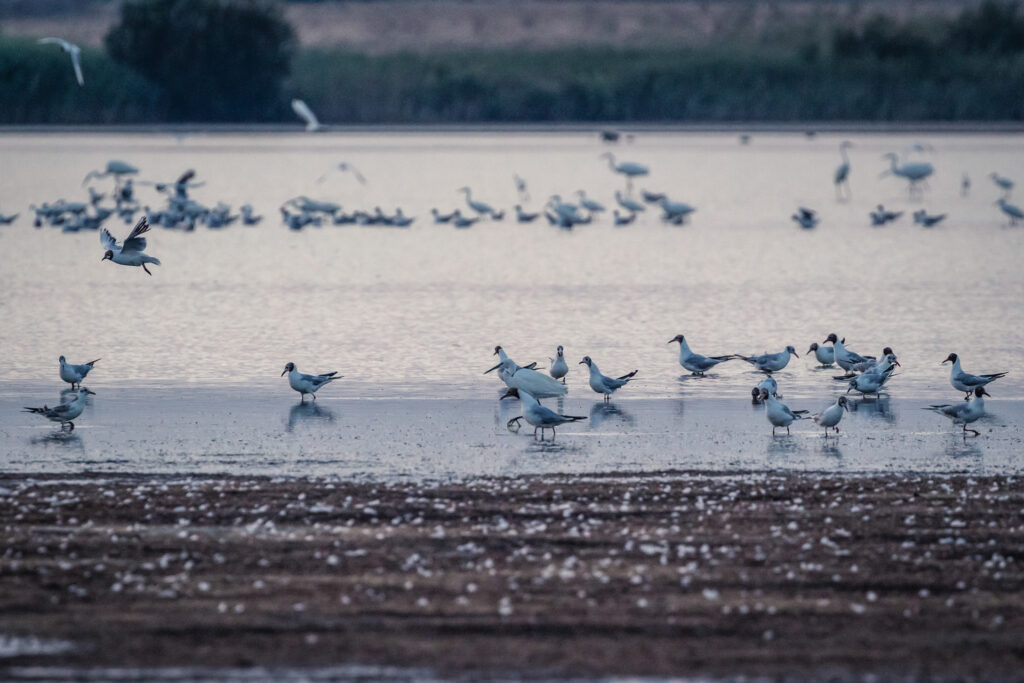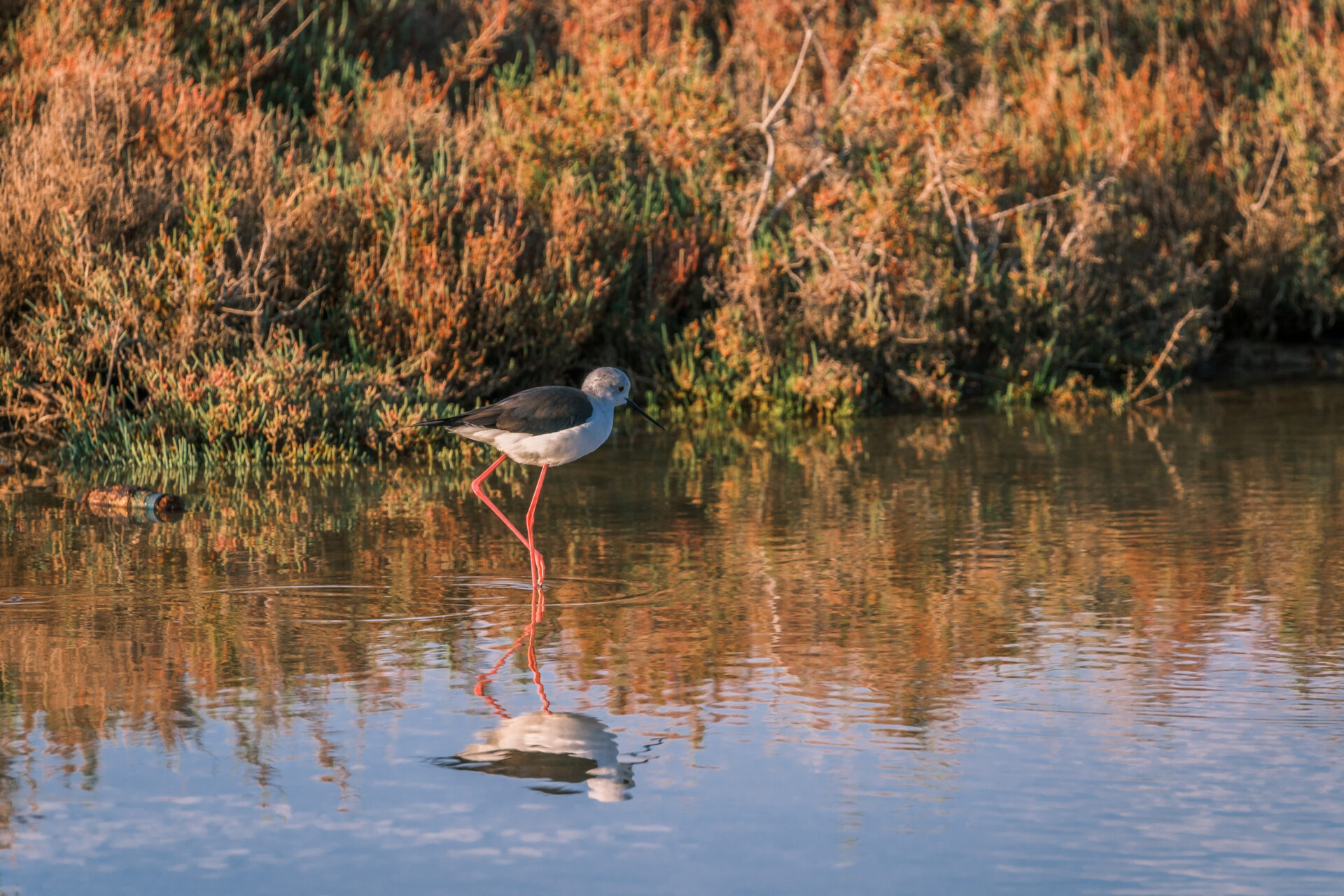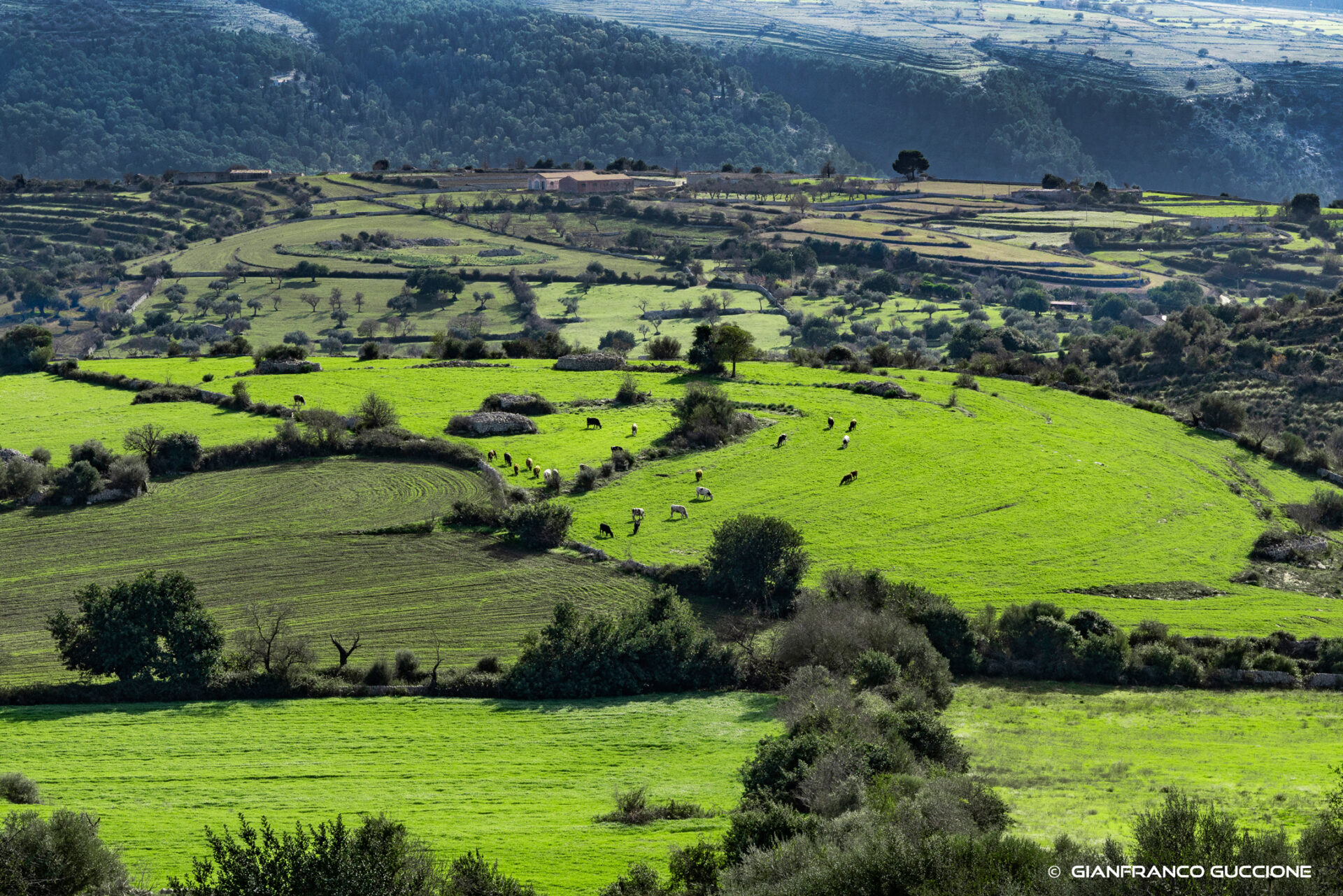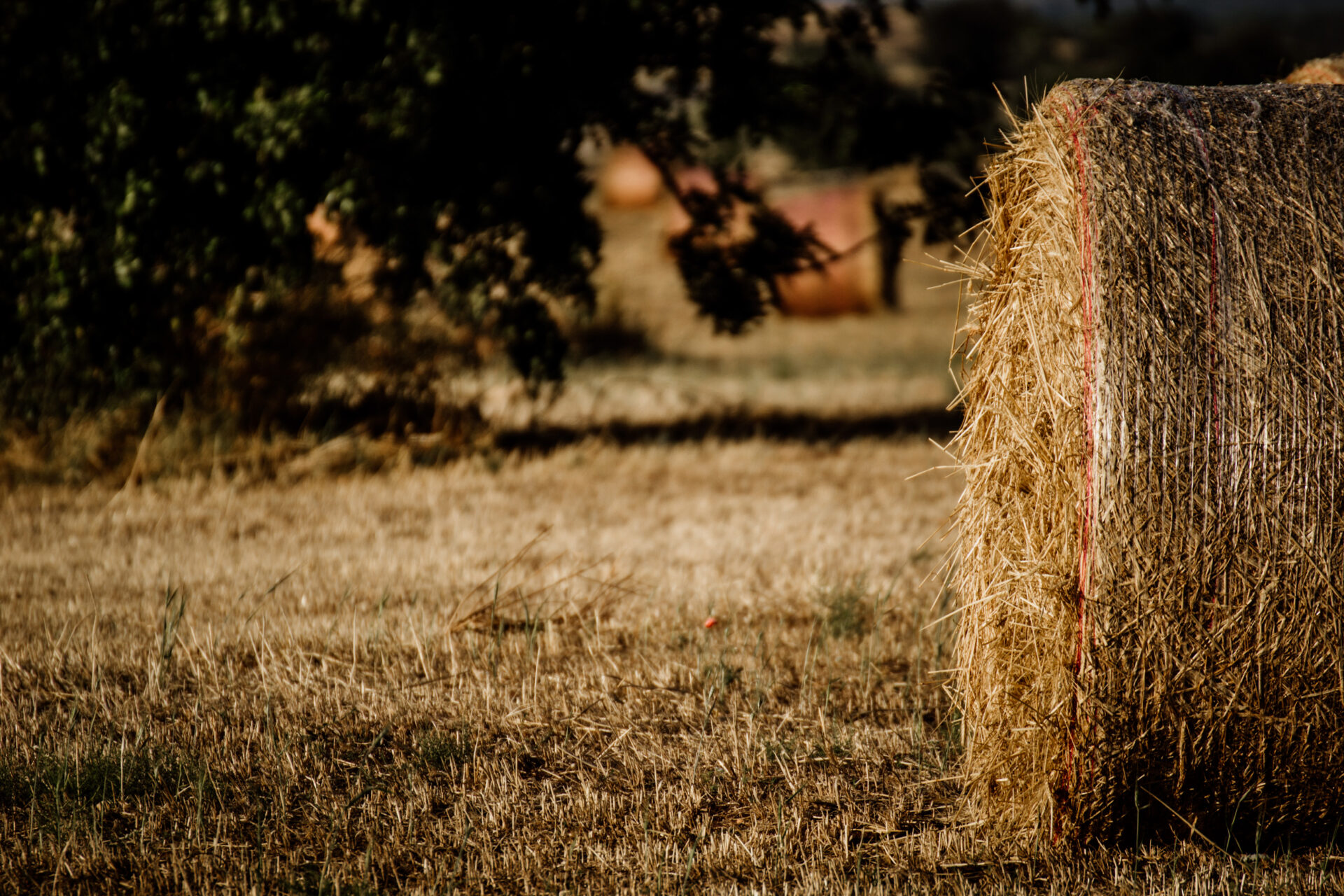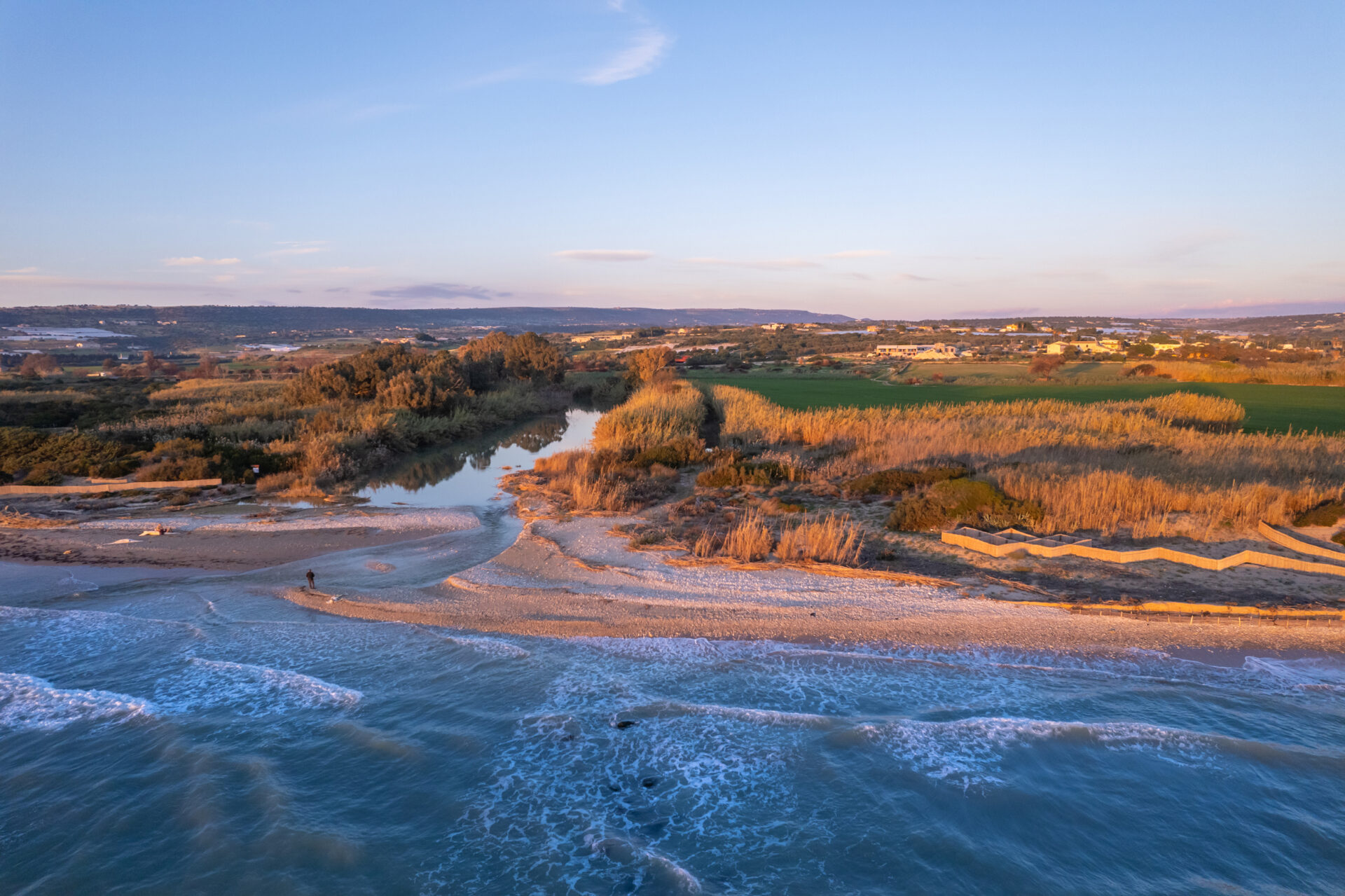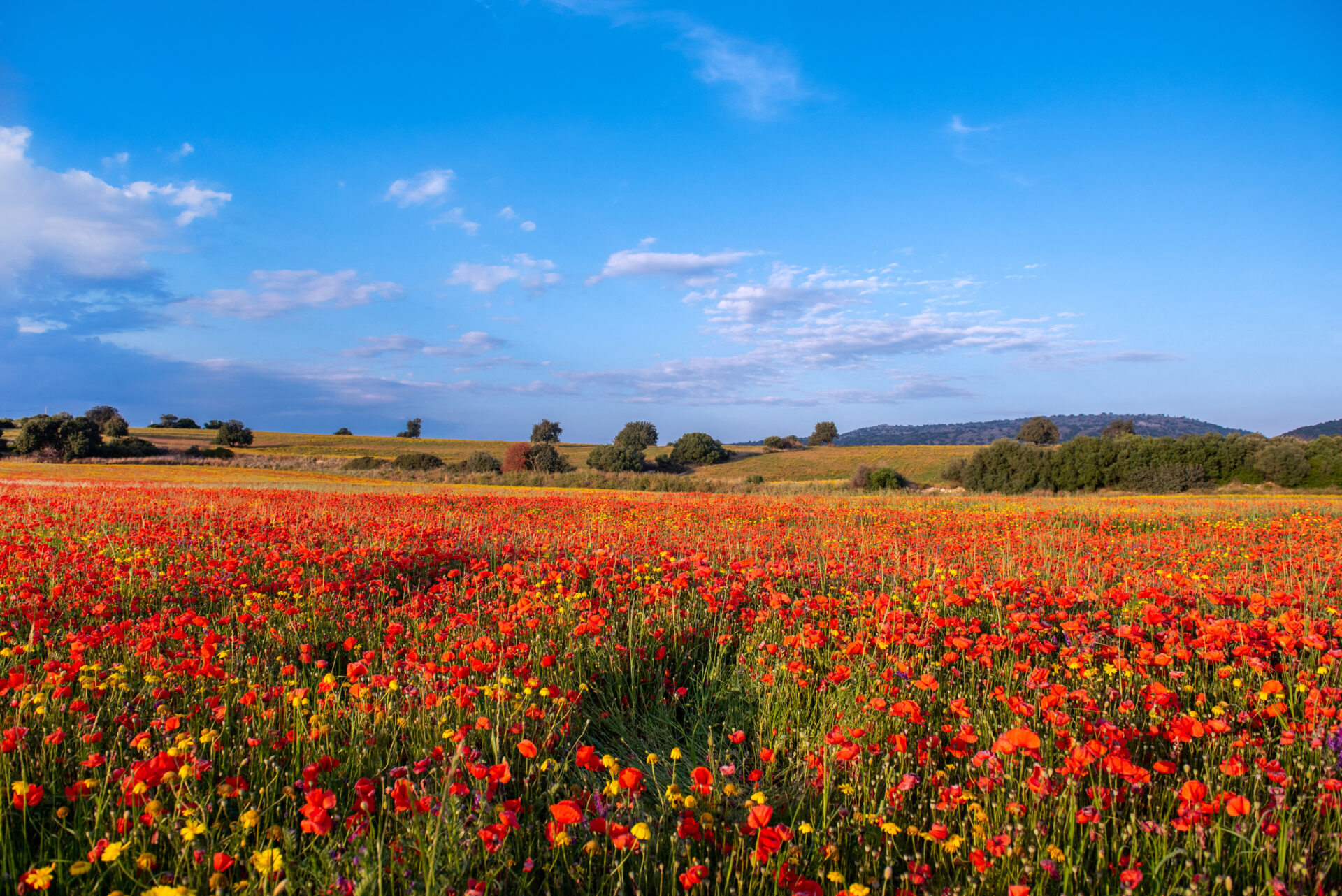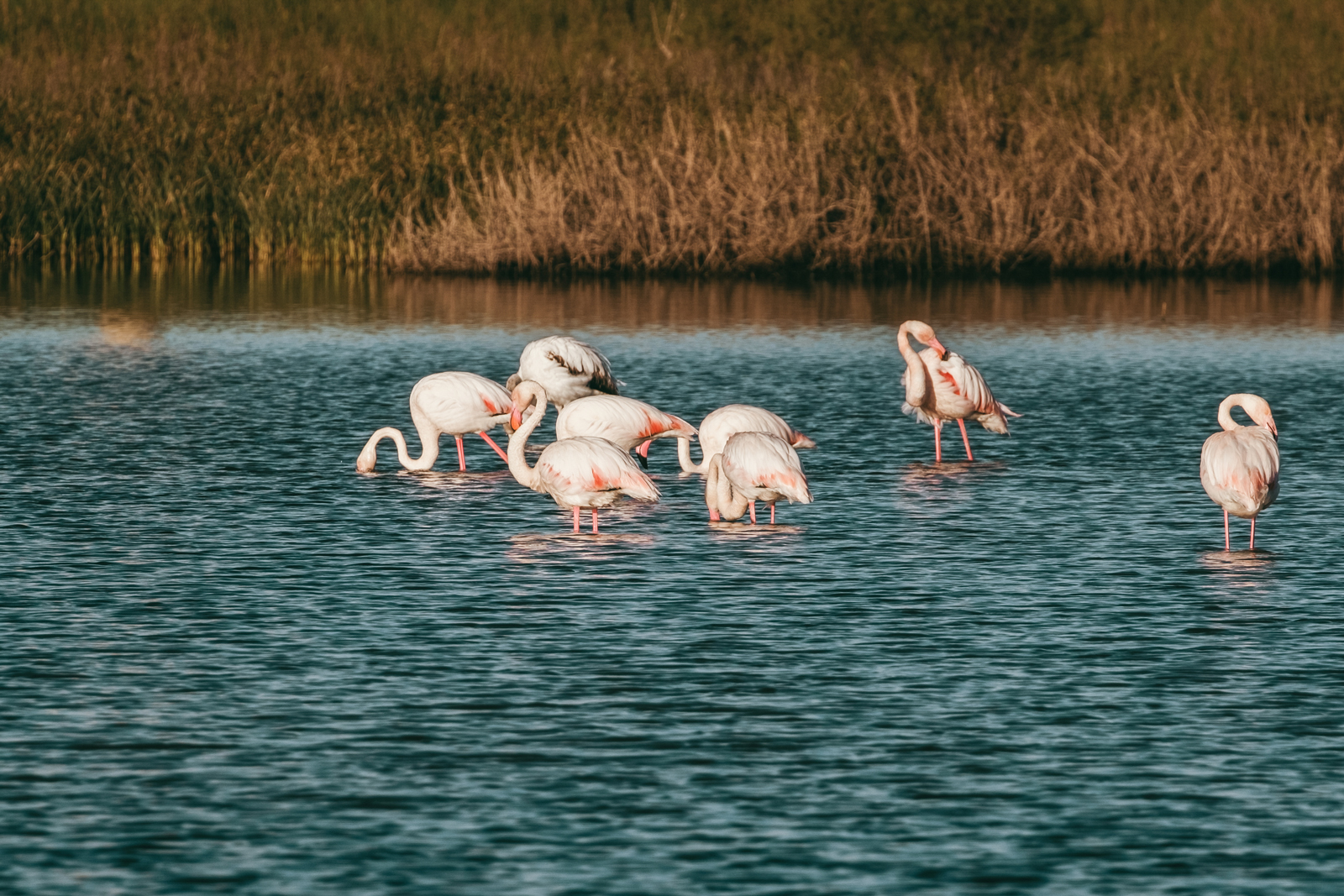Nature and well-being
We propose a natural, sustainable, discovery experience. Walk accessible, unspoiled, authentic trails!
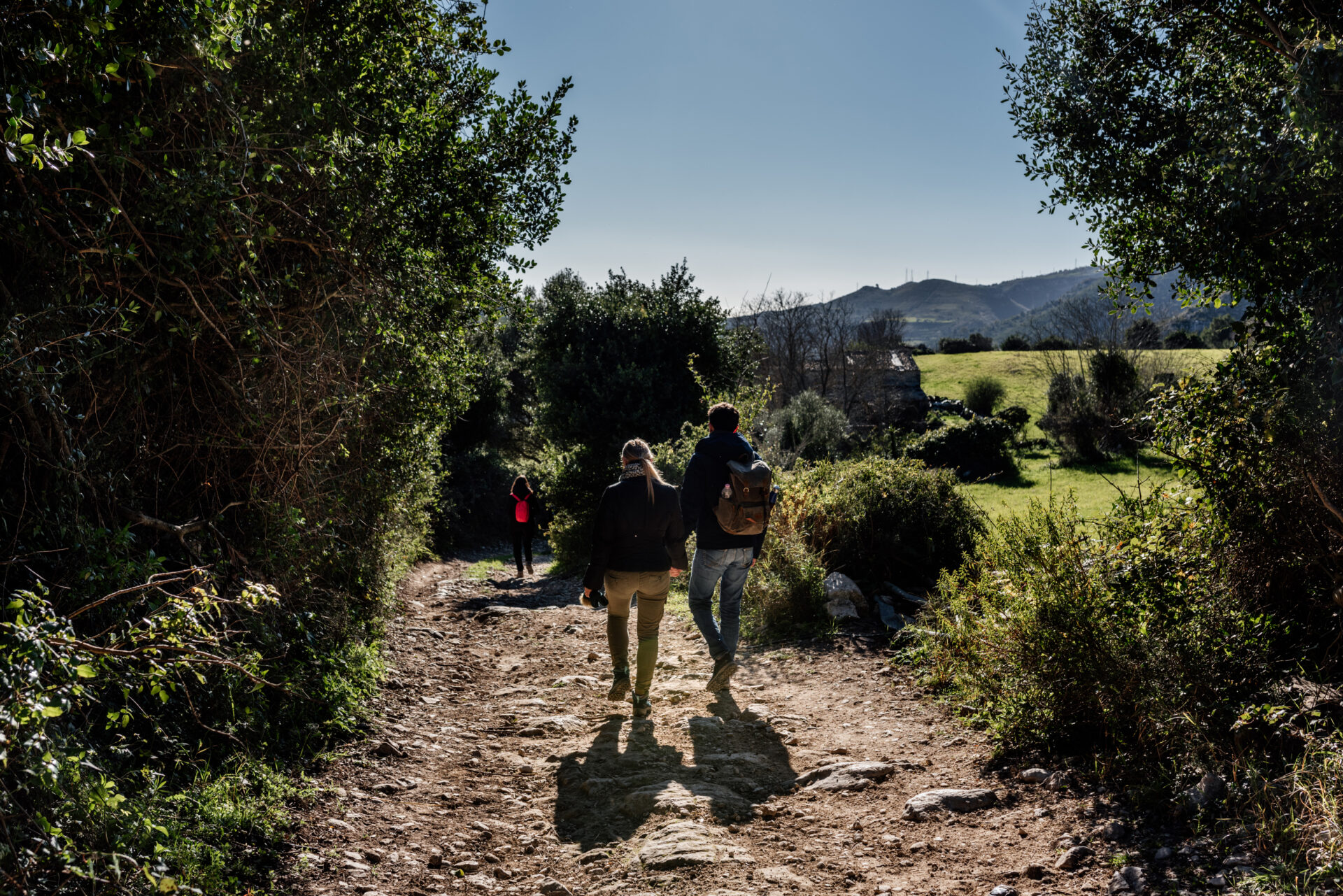
To give well-being to the body and mind nothing beats a vacation among nature. So many routes and trips to Nature Reserves, Sites of Community Importance, and protected areas of local interest, so many areas to explore and all of them will give you aspects of authentic uniqueness, amidst dreamy panoramas and waters, animal and plant species and species, and sunsets that have few equals in intensity and enchantment. Ideal places for those who want to get a glimpse of greenery, rivers and forests.
A nice walk in the Ragusa Quarries to admire Ibla from all sides. From the Santa Domenica Quarry, to the San Leonardo Quarry and then, up an ancient mule track to the Misericordia Quarry where one cannot imagine a part of beautiful nature so close to the beautiful city. Or choose to walk along the Iblea coast, between Randello, Punta Secca, Cava d’Aliga, Samperi, to discover inlets, unspoiled beaches, old hidden smugglers’ passages, equipped areas, old establishments, watchtowers always with the waters and waves near our steps.
Nature Reserve
A wonderful green oasis between the beach and the rocky cliff.
The Special Biological Nature Reserve “Forest Scrub of the Irminio River.”
It originates at Monte Lauro in the Iblei Mountains and travels 52 km along the province of Ragusa to the Mediterranean Sea.
A wonderful green oasis between the beach and the rocky cliff. Dwarf palms, willows, eucalyptus, agave and sugar cane are encountered on the various paths down to the sea. It is not uncommon to be able to spot migratory birds, foxes, nutria and small wild rabbits.
It has extraordinary importance from a historical landscape and environmental point of view. There is a Visitor Center housed in the Farmhouse that houses a small Natural History Museum.
Places of the heart
Randello Nature Reserve
The reserve consists of a forest of pine, cypress, eucalyptus, myrtle, and oak trees that ends gently on a wide, pristine beach between high dunes of fine sand. Not far from the entrance is a large equipped area with tables, benches, toilets, and the showers near the beach. he trails are very accessible, well-maintained and suitable for children. To observe this wonderful environment, you can walk or bike the marked trails.
The special physical conditions of the place have fostered a high faunal biodiversity even with specimens of rare scientific interest, which are not widespread in the rest of the Island. It is part of the Fai Places. In the area of the reserve there are also ruins of some necropolis that are part of the archaeological complex of Kamarina.
Archaeological sites
From the Bronze Age to the Early Middle Ages over 14 km of river valley
Archaeological park of Cava d’Ispica
From the Bronze Age to the Early Middle Ages over 14 km of river valley. An immense Archaeological Park among the most important in Sicily between the towns of Modica and Ispica. It enshrines traces of human presence that followed one another continuously from Prehistory until at least the 14th century. All this artistic and archaeological heritage is surrounded by lush Mediterranean scrubland. It is not uncommon to come across wild rabbits, foxes and hedgehogs.
The Cava d’Ispica Archaeological Park is a scenically fascinating place. The visit to Cava d’Ispica consists of two parts: the northeast part, at the Mulino Cavallo; the southeast part, rock site of ancient Spaccaforno (ancient name of Ispica).
A late Roman and Byzantine-era trading port
The archaeological site of Caucana
The archaeological park preserves the remains of Greek rule. Excavations have uncovered an urbanistically interesting settlement with simple houses and many-room, multi-story buildings spread along a low coastal ridge that stretches about 700 m. The site constitutes one of the best-preserved examples of a late-antique settlement in Sicily. Other artifacts unearthed during the excavations, including notably bronze and terracotta oil lamps, glassware, table and kitchen ceramics, and transport amphorae, are now on display at the Hyblean Archaeological Museum in Ragusa.
“Inhabited after much effort”
The Archaeological Site of Kamarina
Kamarina, was an important colony of Syracuse founded in the early 6th century BC near the mouth of the Ippari River in the province of Ragusa. Rising as a defense of the territory, it became an important agricultural center and reference point for trade in the Hyblaean hinterland. It alternated between moments of prosperity and conflict and destruction until its greatest urban expansion in 339 B.C. only to be finally destroyed by the Arabs. Today it is the custodian of important archaeological finds, the acropolis shows the remains of the Temple of Athena. Finds unearthed during the excavations are preserved in the Archaeological Museums of Kamarina, Ragusa and Syracuse. The Kamarina Regional Museum is also a venue for extemporaneous exhibitions.
A tour in the beauties of the Enjoy Barocco destination: the Special Biological Nature Reserve “Macchia foresta del fiume Irminio,” the Randello Nature Reserve, the Archaeological Park of Cava d’Ispica, the Archaeological Site of Caucana, and the Archaeological Site of Kamarina.

